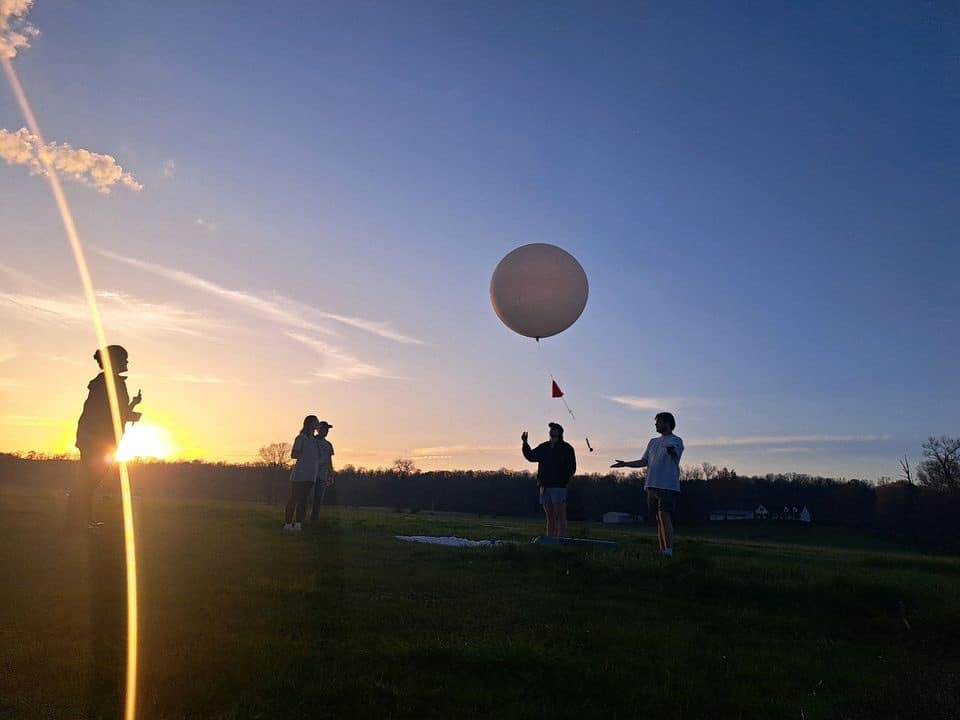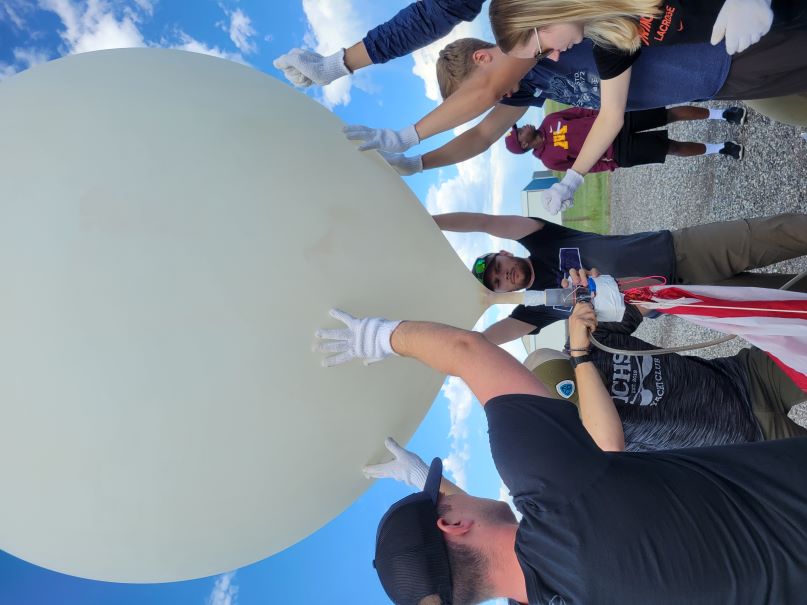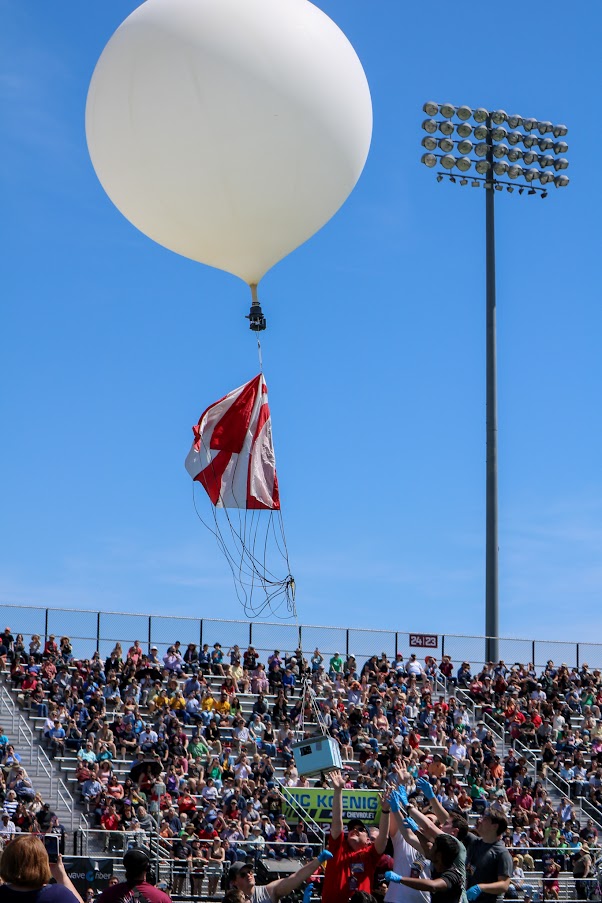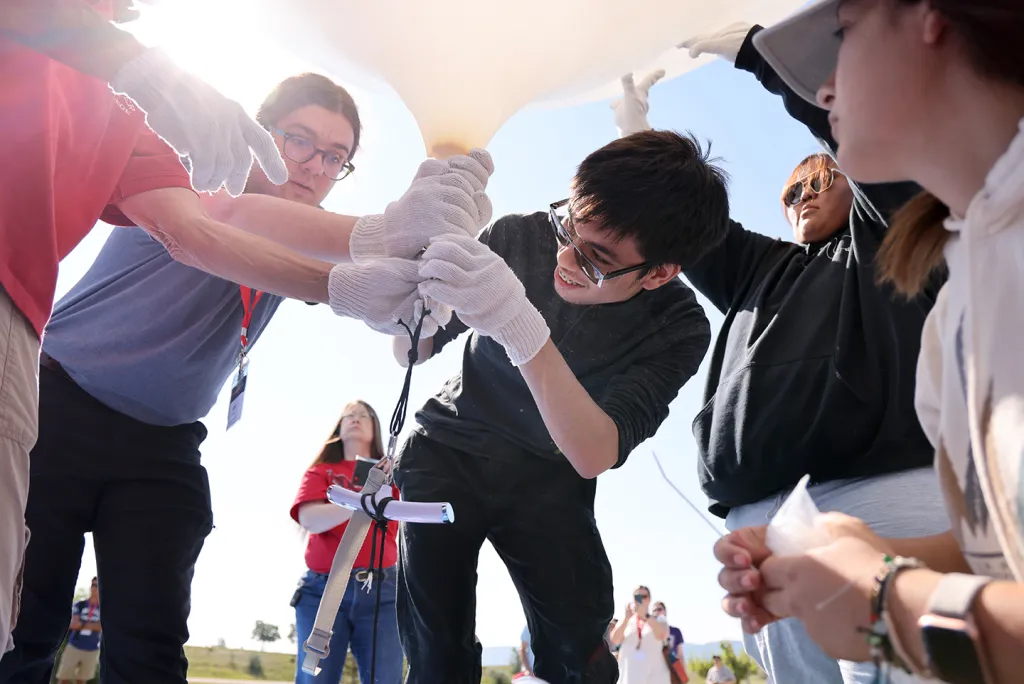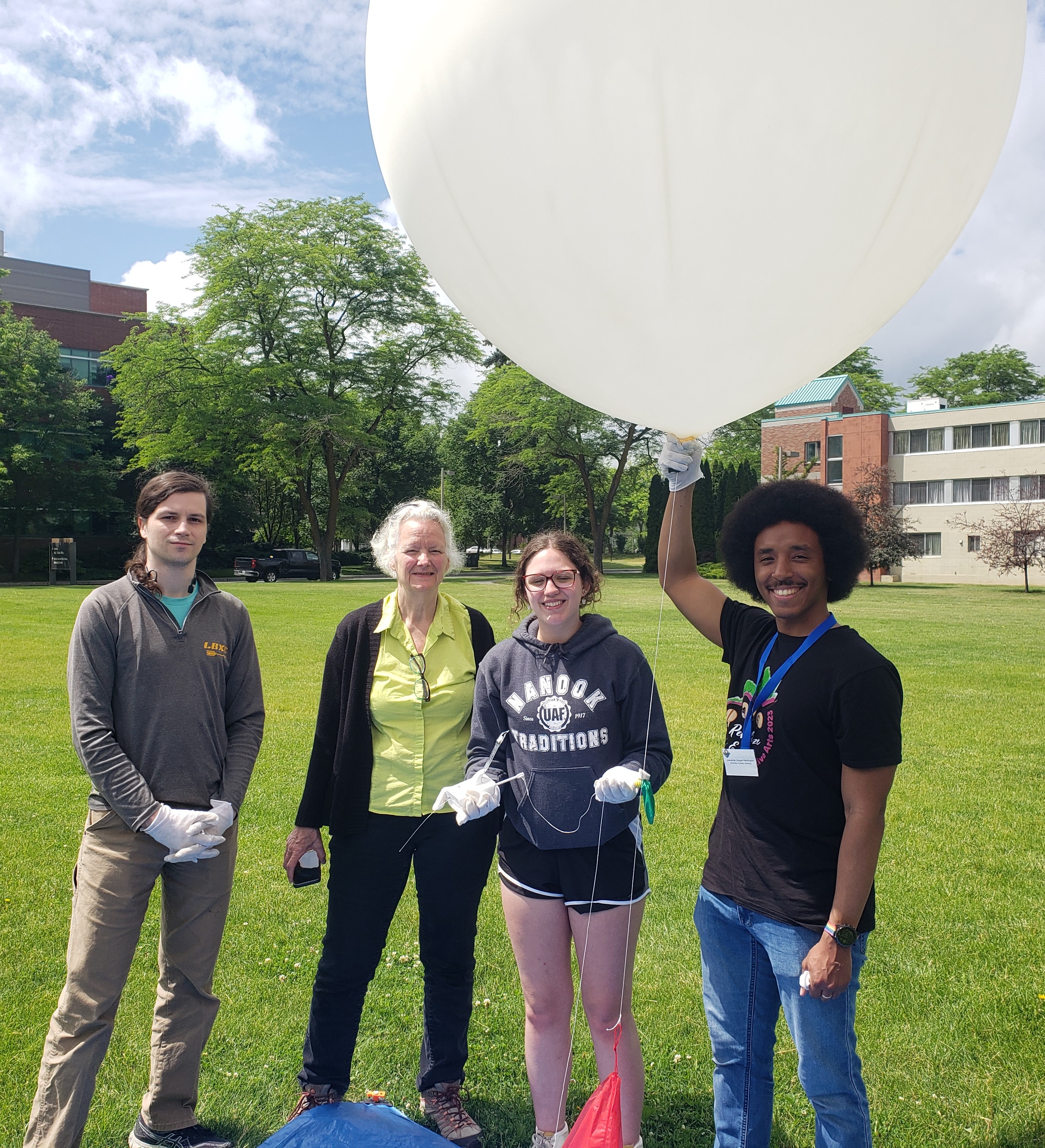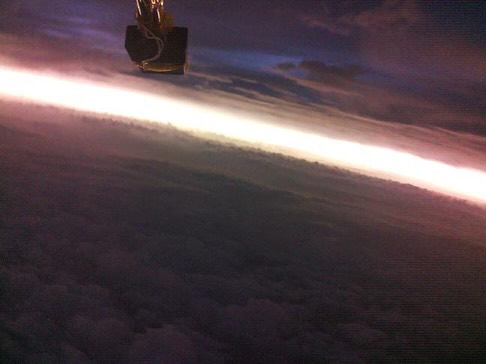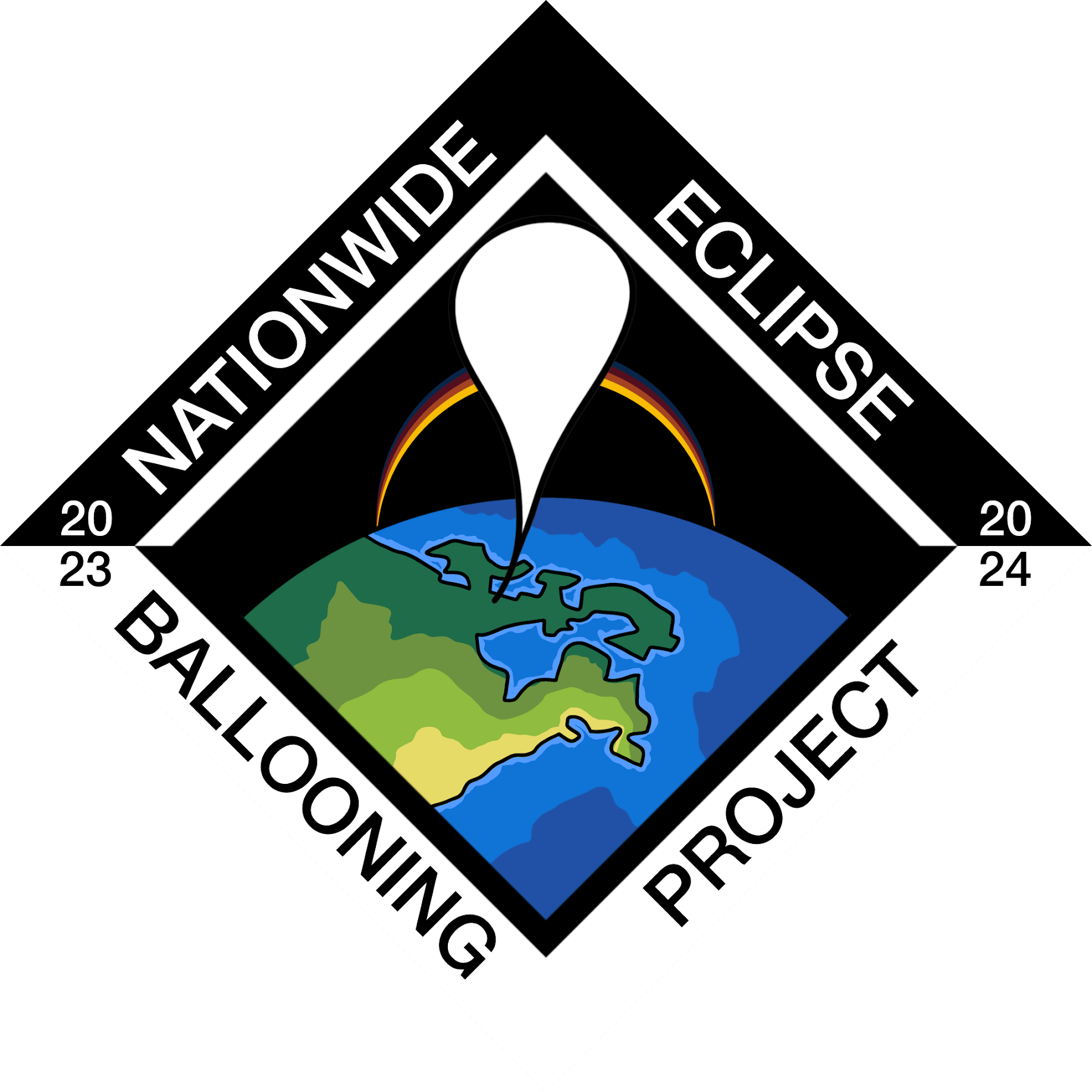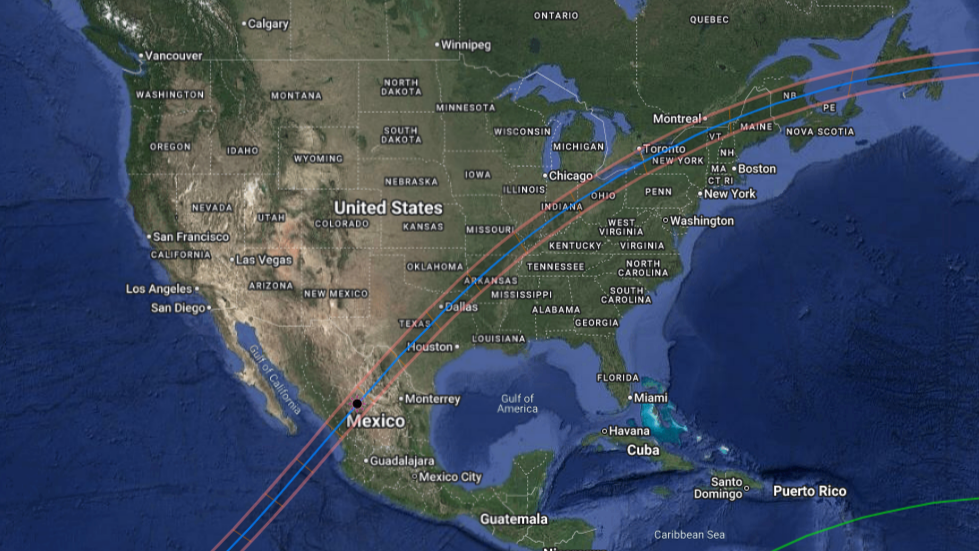April 8th 2024
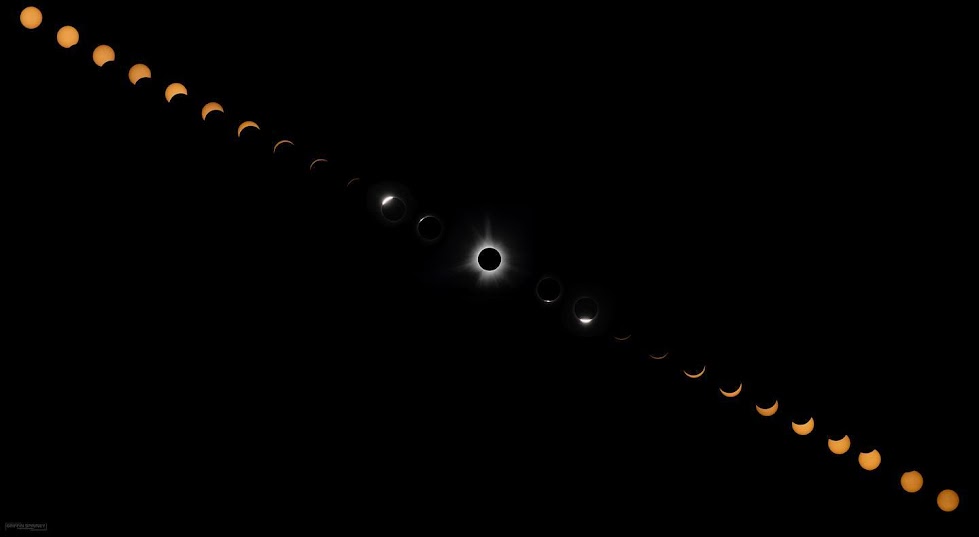
Total Solar Eclipse
Sites were set on the total solar eclipse on April 8th 2024. The goal was to gather atmospheric data, live stream the event, and engineer custom payloads for these feats. This was accomplished through the Nationwide Eclipse Ballooning Project's innovative NASA-like mission for teams of STEM learners from a wide range of higher education institutions.The project was executed by a collection of 53 teams, comprised of the 75 participating institutions. This nationwide effort boasts the collaboration of over 750 participants.
The National Eclipse Ballooning Project is supported by NASA's Science Mission Directorate Science Activation program and by NASA's Space Grant College and Fellowship program. (Award number 80NSSC22M0003)
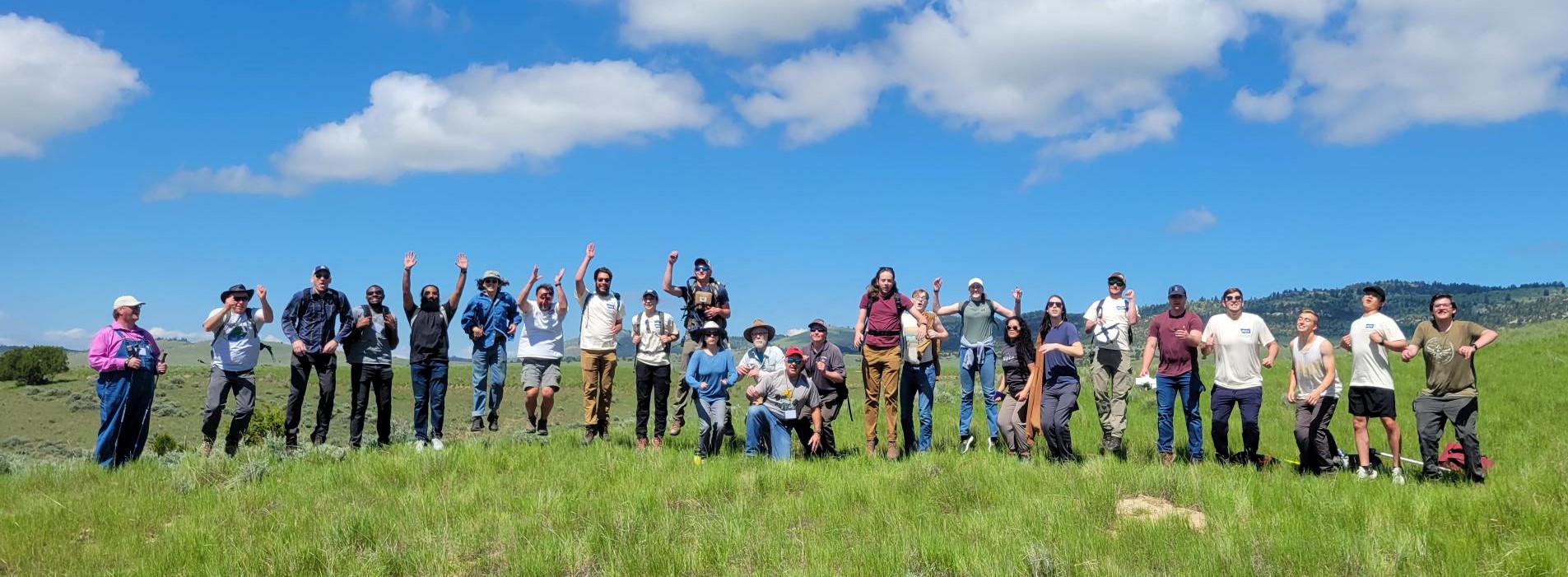
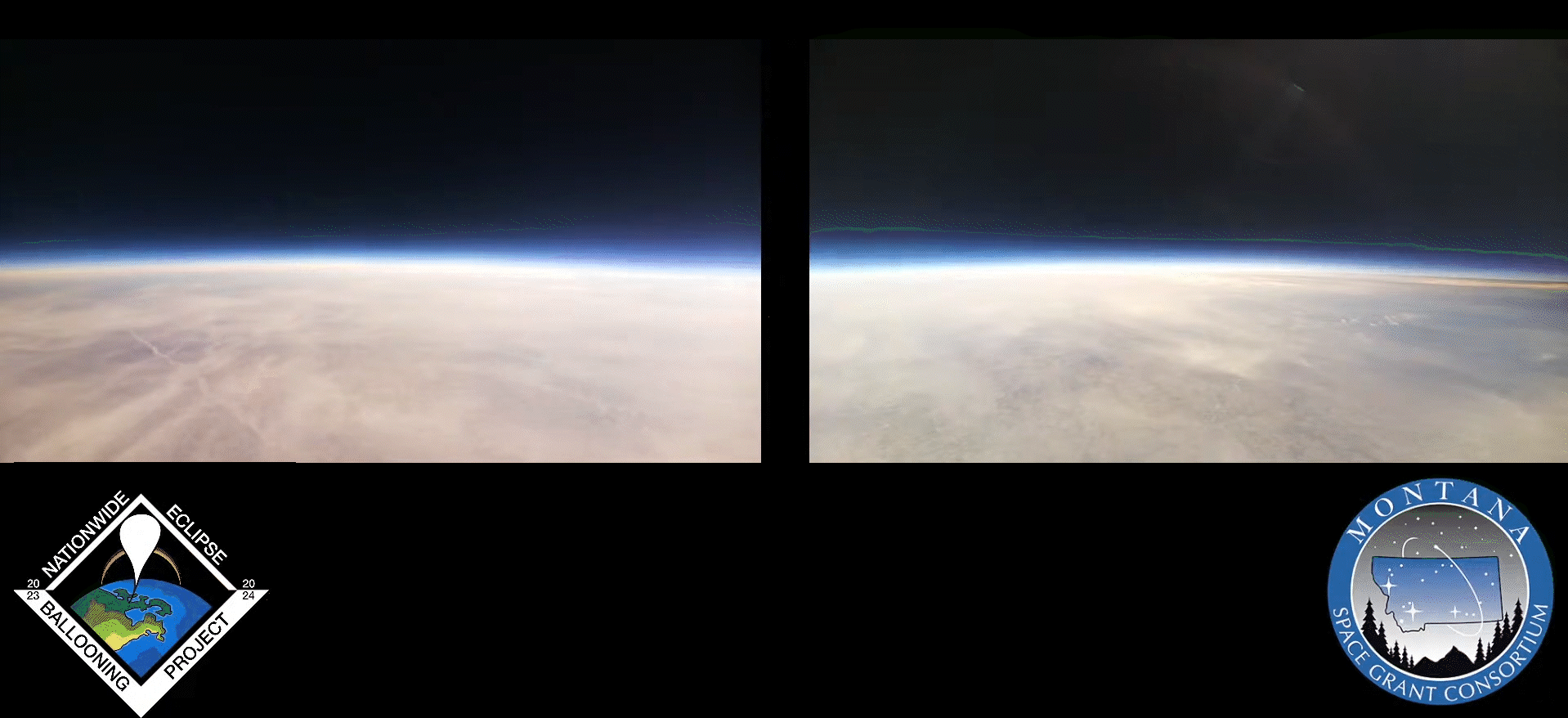
The BOREALIS lab's live streamed footage of the moon's shadow moving across the Earth during the eclipse.
Eclipse Footage
See the eclipse from the edge of space. Watch as the moon's shadow crosses over the Earth.
During the 2024 total eclipse, some balloon payloads included the pi-cam. This system was made with two fish lens cameras and raspberry pi that allowed it with help from other systems to stream footage down in real time. It was incredible to see this footage from space live.
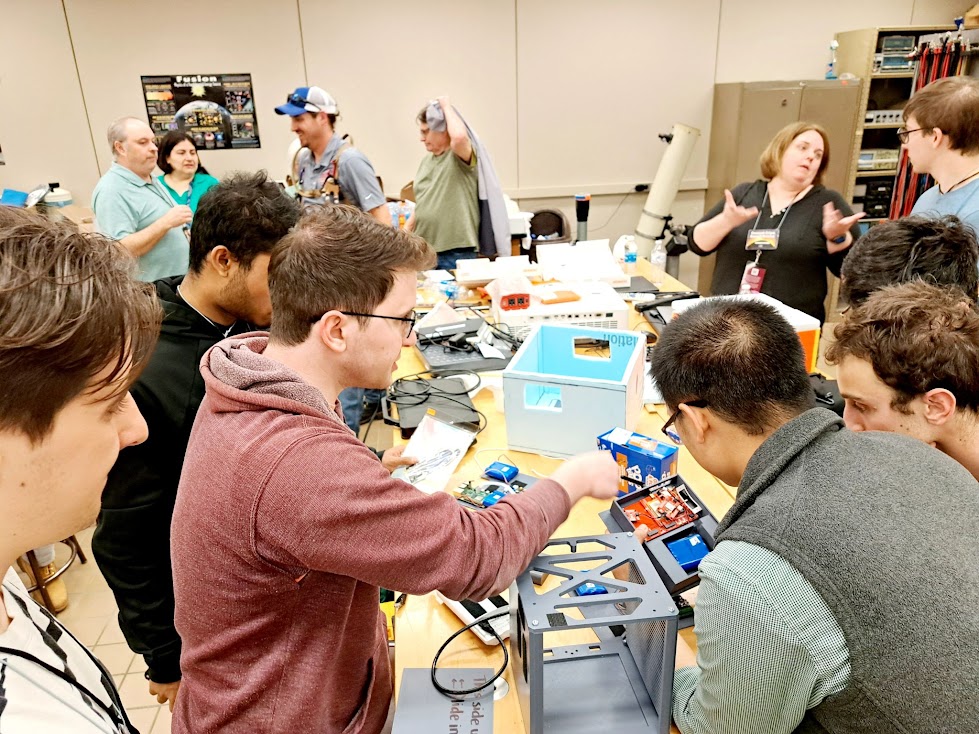
Engineering Feats
Some of the NEBP teams were engineering focuses. At sites along the eclipse path, student teams in the engineering track used innovative larger balloon systems to live stream video to the NASA eclipse website, observe in situ perturbations in atmospheric phenomena, and conduct individually designed experiments.
The development of these payloads involved implementing parts that are capable of handling the extreme temperatures and low pressure of aerospace.
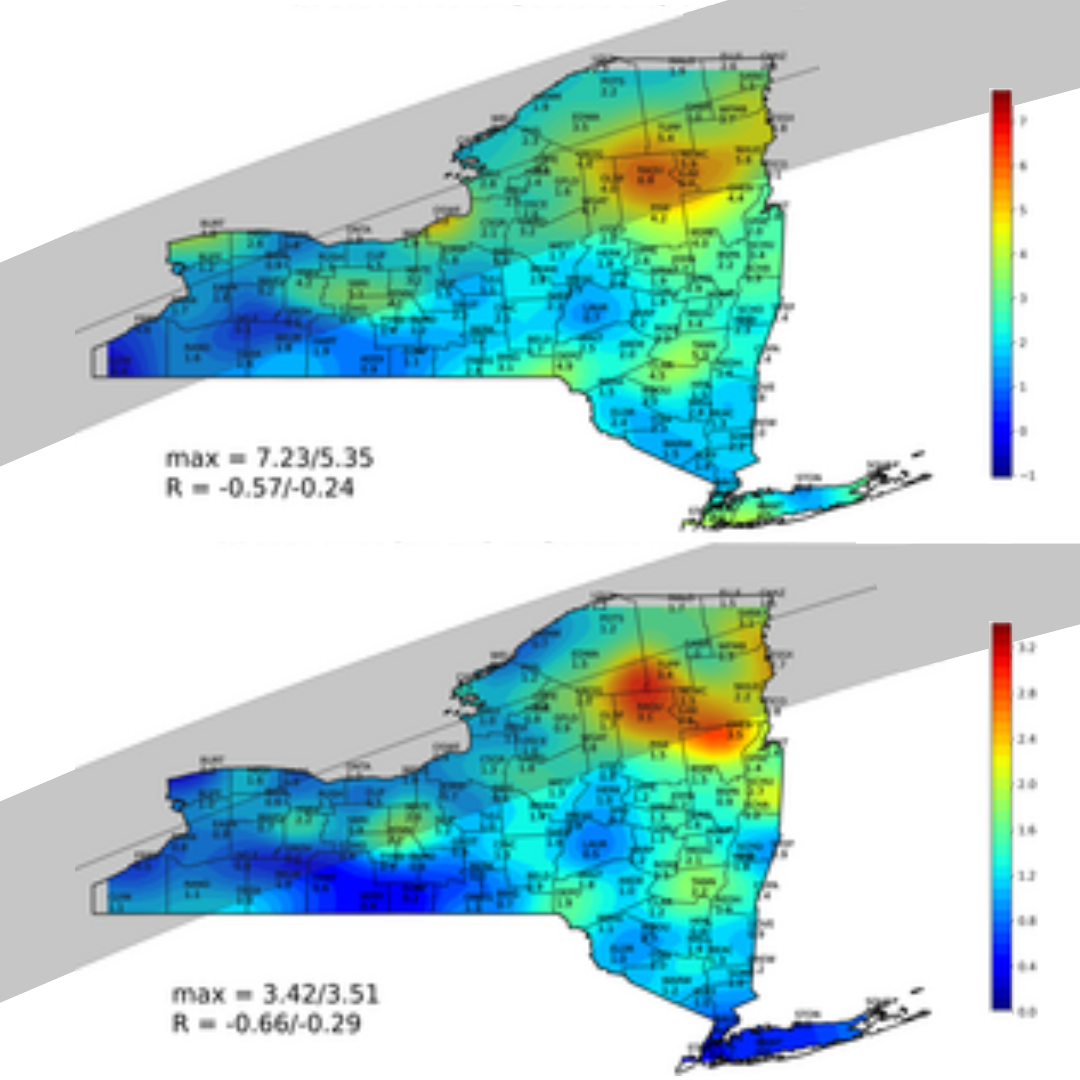
Atmospheric Science
Some of the teams that were involved had a focus in atmospheric science. These teams would make frequent observations by launching hourly radiosondes on helium-filled weather balloons. Student participants were able to work with atmospheric science experts throughout the project. These research efforts are published in peer-reviewed journals.
This projects aided in the research of gravity waves, the impact of eclipses on the Earth's surface and the planetary boundary layer, weather data, and so much more.
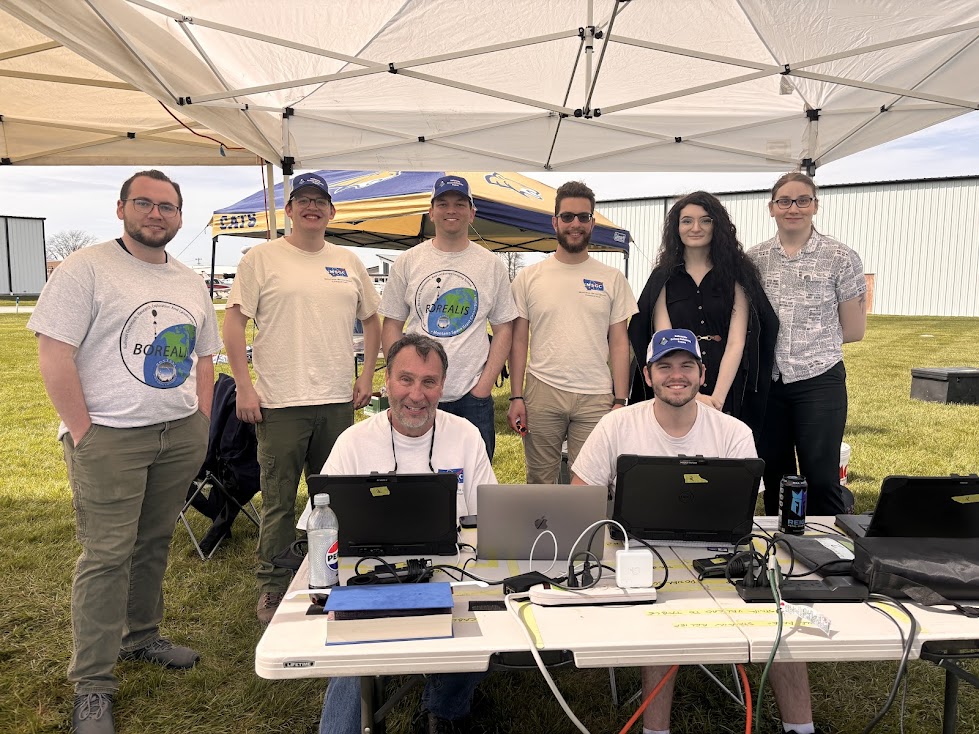
Archived Resources
All the resources from the 2023 - 2024 National Eclipse Ballooning Project are archived!
- Project Objectives
- Team Tracks
- Responsibilities
- Educational Support
- And more
Maps
See the path of the eclipse in addition to the locations of our teams and their launch sites.
Images
